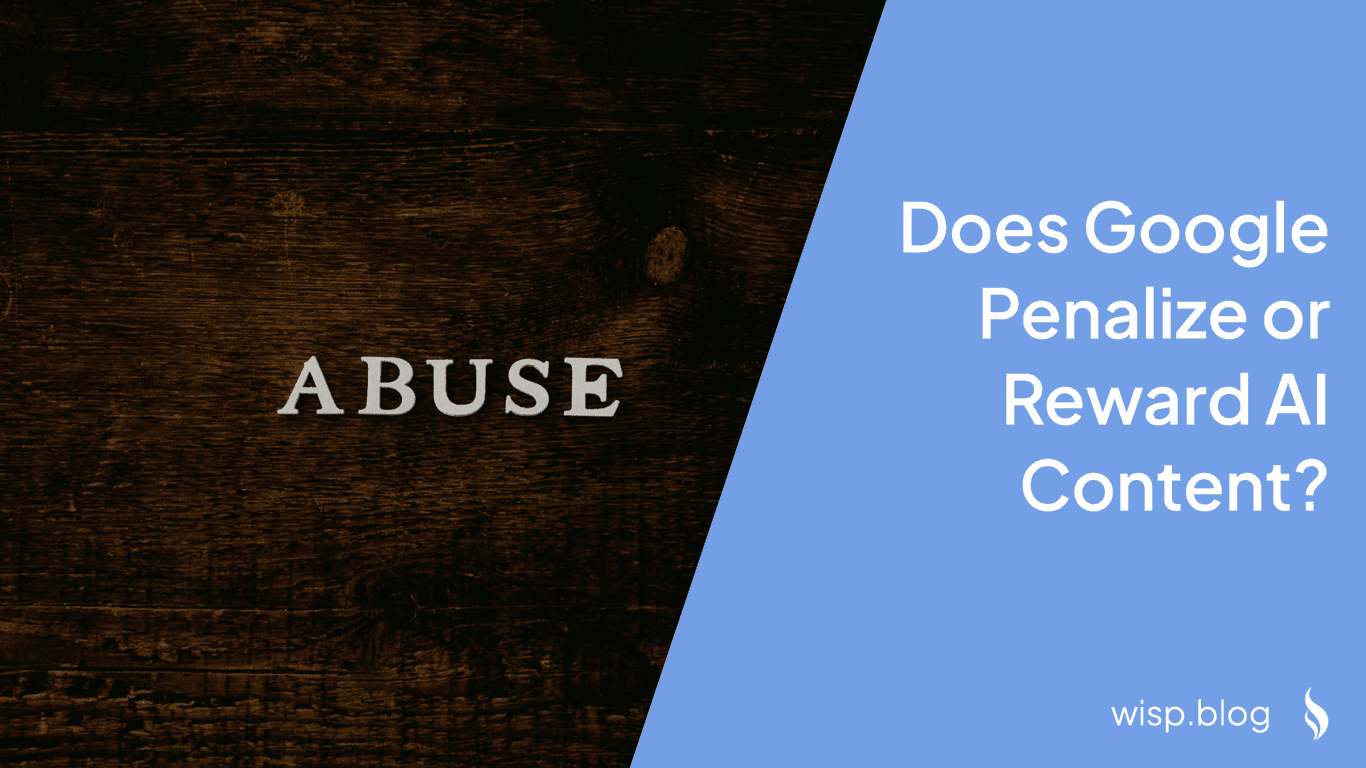
You've just spent hours crafting an original article, pouring your thoughts and expertise into every sentence. But when you run it through an AI detector - whether by choice or your client's requirement - you're shocked to see a high AI probability score. Your heart sinks as you realize your completely human-written content has been falsely flagged as AI-generated.
If this sounds familiar, you're not alone. Across Reddit and other platforms, writers, students, and content creators are increasingly sharing their frustrations with AI detection tools incorrectly flagging their original work. Some have even reported that content written years before ChatGPT's existence is being marked as AI-generated!
"It caused a serious panic attack and I didn't use AI at all," shares one student on Reddit, highlighting the emotional toll these false accusations can take. Another writer laments, "A new AI detector program called Originality.ai has destroyed my writing career. For an undisclosed reason, all of my natural and original writing flags a 60 to 95% likelihood of AI generation."
The Rise of AI Detection Tools
As AI-generated content becomes more prevalent, various tools have emerged to distinguish between human and machine-written text. Some popular ones include:
TurnItIn: Widely used in academic settings, this tool has expanded from plagiarism detection to include AI content detection
GPTZero: Marketed primarily to educators and academic institutions
Originality.ai: A commercial tool used by content marketers and publishers
Content at Scale's AI Detector: Another tool popular among content creators
ZeroGPT: A free online AI content detector
While these tools serve an important purpose in maintaining content integrity, their accuracy is increasingly being questioned. According to a Washington Post report, some AI detectors can yield false positive rates of up to 50% under certain conditions.
Why False Positives Occur
AI detection tools work by analyzing various patterns in text, including:
Writing style consistency
Sentence structure complexity
Vocabulary usage patterns
Predictability of word choices
However, these same patterns can appear naturally in human writing, especially in:
Technical or academic writing
Content following style guides
Writing from neurodivergent authors
Well-edited and structured content
This creates a problematic situation where polished, professional writing can paradoxically be more likely to trigger AI detection flags than less structured content.
The Real-World Impact
The consequences of false AI detection extend far beyond mere inconvenience:
Academic Integrity Concerns
Students face particularly challenging situations when their original work is flagged as AI-generated. As one Reddit user shares, "I have been falsely accused of using AI twice now in one class. I have not used it." This is especially concerning when institutions rely heavily on AI detection tools for academic integrity decisions.
Professional Reputation Damage
Content creators and freelance writers face career-threatening situations when their work is incorrectly flagged. Many clients now routinely use AI detection tools as part of their content acceptance process, leading to:
Rejected submissions
Payment disputes
Damaged client relationships
Loss of long-term contracts
Emotional and Mental Health Impact
The stress of false accusations can be significant:
Anxiety about future submissions
Loss of confidence in writing abilities
Fear of career implications
Mental health impacts from constant scrutiny
How to Address False AI Flags
If your content has been incorrectly flagged as AI-generated, here are practical steps you can take:
1. Document Your Writing Process
Maintain clear evidence of your content creation:
Keep drafts and revisions in Google Docs
Screenshot your research process
Save reference materials
Record time stamps of your writing sessions
2. Understand the Tools' Limitations
Remember that AI detection tools provide probability scores, not definitive answers. A score of 60% AI probability means there's still a 40% chance it's human-written. These tools are meant to be assistive, not authoritative.
3. Communicate Proactively
When dealing with clients or educators:
Explain your writing process upfront
Share your documentation willingly
Propose alternative verification methods
Offer to discuss the content in detail
4. Appeal Incorrect Flags
Most platforms and institutions have appeal processes:
Gather your documentation
Write a clear, professional appeal
Include examples of your previous work
Request human review of your content
5. Adjust Your Writing Process
While you shouldn't have to change your natural writing style, certain practices can help reduce false flags:
Vary Your Sentence Structure: Mix short and long sentences, and use different sentence types
Incorporate Personal Voice: Include your unique perspectives and experiences
Use Natural Transitions: Avoid formulaic transitions that AI commonly uses
Include Specific Examples: Draw from your personal experience or unique observations
Write in Segments: Break your writing into smaller chunks rather than completing it all at once
The Future of AI Detection
The landscape of AI detection is rapidly evolving. Here's what experts predict:
Improved Accuracy
Detection tools are continuously being refined to reduce false positives. Originality.ai reports working on reducing their false positive rate to under 1%.
Human-AI Hybrid Approach
Many platforms are moving towards a combination of:
AI-powered initial screening
Human review for flagged content
Multiple tool cross-verification
Context-aware detection systems
Focus on Content Quality
Google and other platforms are increasingly emphasizing that content quality and user value matter more than whether content is AI or human-generated. As one SEO expert notes on Reddit, "Google very soon is not going to bother whether the content piece is AI bot written or human written as long as the content is helpful content."
Best Practices Moving Forward
To navigate this challenging landscape, consider these long-term strategies:
1. Build a Portfolio
Maintain a strong portfolio of your work that demonstrates:
Consistent writing style
Development of ideas over time
Subject matter expertise
Engagement with your audience
2. Develop Client Trust
Focus on building strong relationships with clients and institutions:
Maintain open communication
Deliver consistent quality
Be transparent about your process
Build a track record of reliability
3. Stay Informed
Keep up with developments in AI detection:
Follow updates from major detection tools
Participate in writer communities
Stay current with industry best practices
Understand the limitations of current technology
Conclusion
While false AI flags can be frustrating and potentially damaging, they represent a temporary challenge in the evolving landscape of content creation. By understanding the limitations of AI detection tools, documenting your work process, and focusing on creating valuable content, you can navigate these challenges effectively.
Remember that the ultimate goal is to create content that serves your audience's needs, regardless of how it's assessed by AI detection tools. As the technology improves and standards evolve, the emphasis will likely return to what truly matters: the value your content provides to its readers.
Keep writing authentically, document your process, and don't let AI detection anxiety stifle your creative voice. After all, the most compelling content comes from genuine human experience and expertise – something no AI can truly replicate.



